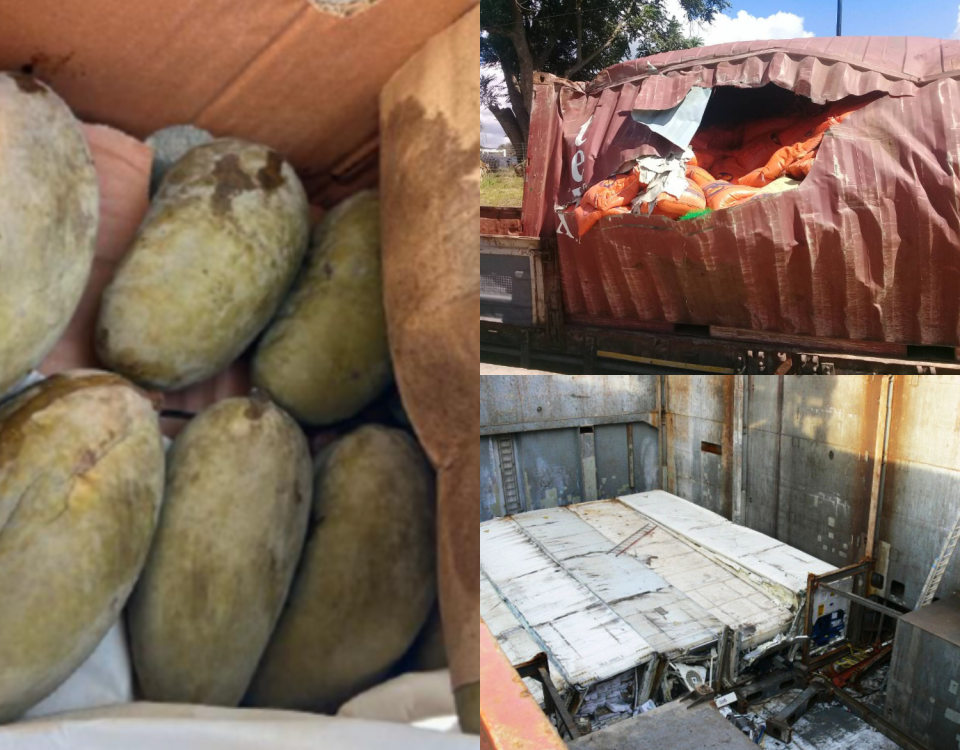10 Biggest Follow-up Mistakes in Cargo Claims.

How to ensure your dry cargo claim is paid?
July 4, 2025
6 Unexpected Ways to Increase Cargo Claim Success
August 1, 2025When cargo is damaged, delayed, or lost, submitting the claim is only step one. What follows is often a long and tedious follow-up process with shipping lines.
And this is where most exporters lose out—not because they lack a valid claim, but because they mishandle the follow-up.
We’ve seen hundreds of claims fall through the cracks not because of lack of merit, but because of these simple (yet fatal) follow-up mistakes exporters make when they try to recover their claims from liable carriers.
10 biggest mistakes exporters make when following up on cargo claims—and what to do instead.
❌ Not Making the First Follow-Up
You submitted your documents. Now you’re waiting. And waiting. Big mistake.
Just like in sales, the biggest failure is never showing up. The carrier has thousands of claims. If you don’t follow up, your file might just sit there. Or worse—get closed as time barred.
✅ DO THIS INSTEAD: Follow up 3 days after submission with a brief, polite message requesting to acknowledge your claim, and confirm the claim handler in charge.
❌ Not Following Up Enough
One follow-up email is not a strategy. Carriers are busy. Claims are slow-moving. Persistence wins. Claims are often approved after 10-12 touches. If you give up after two emails, you’re just getting started when you quit.
✅ DO THIS INSTEAD: Build a structured follow-up rhythm (weekly or biweekly) and don’t stop until you get resolution—or escalation.
❌ Following Up Randomly
One email today. A phone call in 3 weeks. A random WhatsApp in 2 months. No structure = no progress.
✅ DO THIS INSTEAD: Use a system. Track your follow-ups. Schedule next actions immediately. Consistency builds credibility.
❌ Waiting Too Long
Speed matters. The longer you wait, the colder the claim becomes. Evidence gets lost. People forget. Handlers move on.
✅ DO THIS INSTEAD: Respond to every reply from the carrier within 24–48 hours. Never let them forget you’re on it—and on time.
❌ Using Only One Method of Contact
Email is great. Until they stop replying.
✅ DO THIS INSTEAD: Mix it up. Use email, call their claims line, or even escalate to senior management if needed. Be respectfully relentless.
❌ No Clear Message or Purpose
If your follow-up “Any update?” — you’re wasting their time (and yours).
✅ DO THIS INSTEAD: Each touch should include value or movement. Ask a specific question. Share a new document. Clarify a legal point. Move the file forward.
❌ Not Leaving a Message
Many exporters hesitate to call. And even when they do, they don’t leave a voicemail.
✅ DO THIS INSTEAD: Always leave a short, clear message: who you are, claim reference, and reason for the call. Repeat your contact details. You’re not annoying—you’re diligent.
❌ Not Collecting Critical Data
Did you log the case number? The name of the handler? Their legal argument? When did they promise feedback?
✅ DO THIS INSTEAD: Treat claims like legal cases. Record every fact, promise, and contact. It’s your leverage when the claim gets tricky.
❌ Not Asking for Referrals or Escalations
If your claim is stuck with a junior claims clerk, ask: “Is there someone else we should include in this correspondence to speed this up?”
✅ DO THIS INSTEAD: Be respectful, but don’t be afraid to ask who else is involved. Escalation isn’t rude—it’s sometimes required.
❌ No Organized System
Are your claim files scattered across emails, Excel sheets, and WhatsApp messages?
✅ DO THIS INSTEAD: Use a centralized system—or a service like Recoupex—to manage documentation, track deadlines, and ensure follow-up happens automatically.
Conclusion: Follow-Up Is a Skill
Cargo claims aren’t just about proving damage—they’re about proving persistence. And persistence is a follow-up game.
At Recoupex, we believe every genuine cargo claim has to be paid out by liable parties. And remember, we are on standby to give you a hand.



